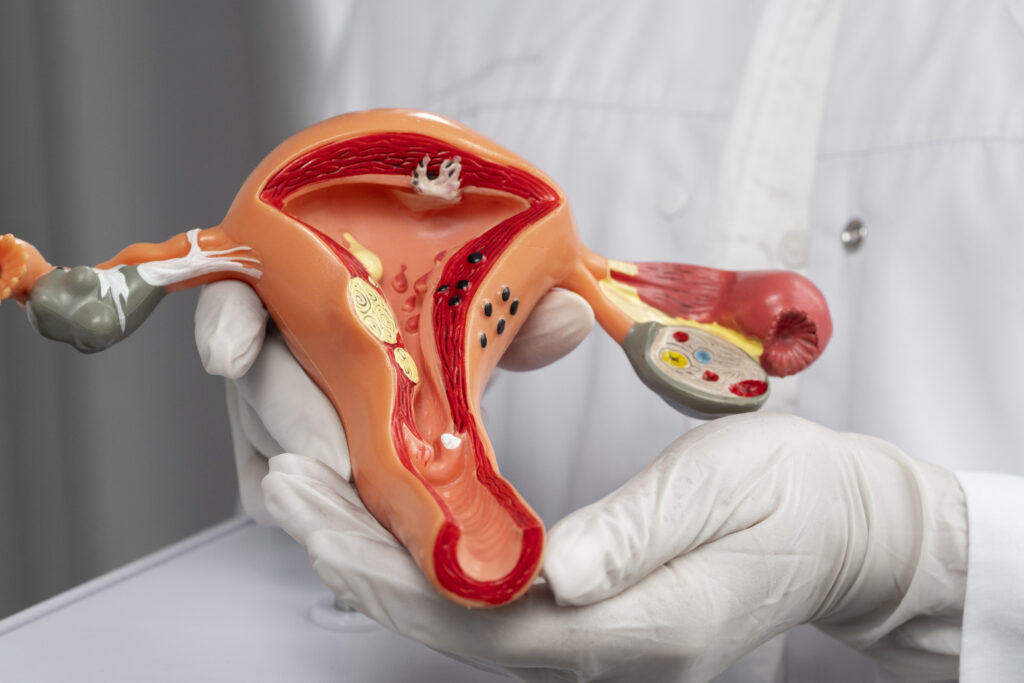
The procedure for IUI is straightforward and less invasive compared to other reproductive technologies such as in vitro fertilization (IVF). It typically begins with the woman taking fertility medications to stimulate egg production, ensuring the timing of ovulation is predictable and potentially increasing the number of eggs available for fertilization. The man’s sperm is collected and goes through a specialized washing process that concentrates the sperm and removes impurities and prostaglandins that could cause cramps when introduced into the uterus.

Intrauterine Insemination (IUI) is a fertility treatment designed to increase the number of sperm that reach the fallopian tubes, thereby enhancing the probability of fertilization. This technique is particularly advantageous for addressing issues like unexplained infertility, mild male factor infertility, or cervical mucus abnormalities that may impede sperm motility.
At the time of ovulation, this prepared sperm is inserted directly into the uterus using a thin catheter. This bypasses any potential obstacles in the vagina or cervix, providing a clear path to the fallopian tubes. The procedure is generally quick and involves minimal discomfort. IUI is often preferred due to its cost-effectiveness and relative simplicity. Success rates for IUI depend on various factors including the couple’s age, the underlying cause of infertility, and whether fertility drugs are used. Typically, several cycles of IUI are attempted before considering more complex treatments. This method offers a vital option for many couples seeking to conceive, providing a balance between natural conception and more technologically advanced procedures
